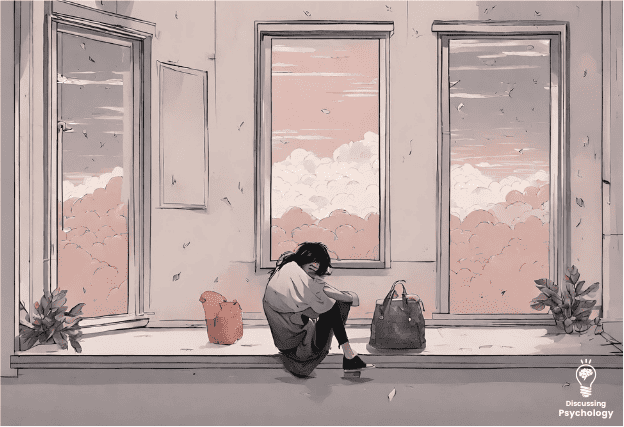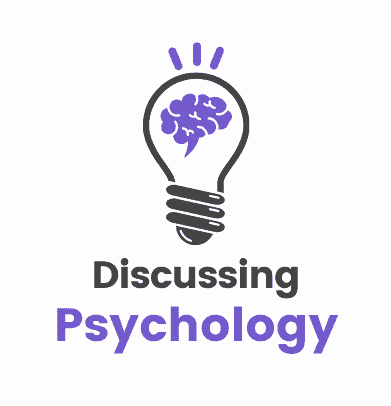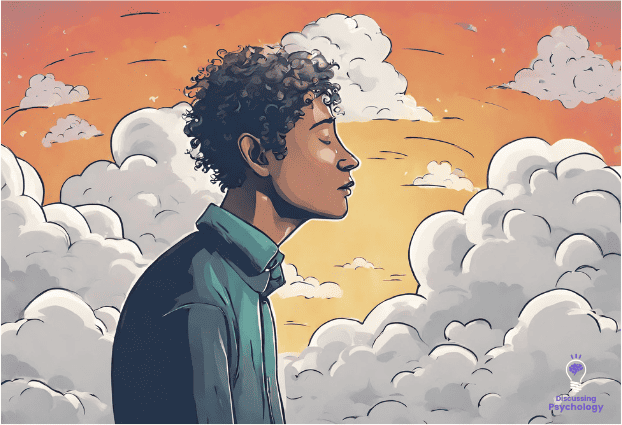In many ways, daydreaming creates a safe-haven of sorts, almost like an insulated bubble, for your mind to wander freely, link together disparate thoughts and ultimately express new creative ideas.
You’d think then that of all people, maladaptive daydreamers—who by definition daydream excessively—would excel at creative tasks. Surprisingly, research tells a different story.
How maladaptive daydreaming impacts creativity
Research of has found that maladaptive daydreaming (MD) likely decreases and seriously inhibits creativity in impacted individuals.
In a 2019 study, researchers Somer and West assessed over 500 maladaptive daydreamers for the severity of their MD symptoms and the extent to which they engaged in creative behaviors.
Despite all intuition suggesting that there must be a link between the two, no such connection between MD and creativity was found.
In fact, levels of MD severity were found to negatively predict creativity, such that the more impaired a person’s life was due to their daydreaming, the less creative they were.
So what’s going on here? Why doesn’t spending one’s time constructing elaborate fantasies— an act of pure creation— help one become more creative? Let’s unpack the results a little.
Creativity and unhappiness
The stereotype of the ‘tortured artist’ finding salvation from their demons through creative expression is very pervasive in popular thinking.
And yet, research shows that it is positive emotions that more frequently predict creativity, not negative.
This is by no means a clear division, but generally it appears that strong negative emotions narrow our focus and increase goal-related motivation, reducing our capacity for abstract or creative thought.
Clearly there are notable exceptions, but the notion that you need to be unhappy to be creative is somewhat misleading.
Negative emotions and daydreaming
This is important for the link between MD and creativity because maladaptive daydreaming produces significant levels of distress, anxiety and shame in those afflicted.
These negative emotions could stifle any kind of creative expression the daydreamers would otherwise engage in.
This idea fits with the results of Somer and West’s study, which separated maladaptive daydreaming into two dimensions: capacity for immersive daydreaming and the level of distress and impairment it caused.
While daydreaming itself was not correlated with creativity, higher levels of impairment appeared to lead to lower levels of creativity.
This evidence suggests that when daydreaming reaches the level where it actively interferes with your life and makes you unhappy, it slams the brakes on any potential for creativity.

Another possible reason for the negative relationship between MD and creativity was suggested in Somer and West’s study.
In their research, creativity was assessed using a questionnaire that measured how often participants engaged in creative behaviors such as writing stories.
The problem with this as a measure of creativity is that maladaptive daydreamers are so engrossed in their fantasies— often spending over half their waking lives daydreaming— that they have little time for other forms of expression.
Finding the time to sit and focus on writing, or music, or any other form of creativity when you live with a nearly uncontrollable urge to daydream seems like an impossible task.
The issue here could therefore be the difference between creativity and creation.
Although maladaptive daydreamers may have the innate potential to be extremely creative, they are kept from living out this potential due to the impairment caused by their condition.
In Summary
While preliminary research shows signs of a negative relationship between creativity and MD, it doesn’t tell the full story.
Future MD studies could do better by measuring innate creativity, rather than focusing on the untethered expression of this trait (creative output).
Only then will we be able to close the book on whether maladaptive daydreamers truly are more creative than their counterparts.
- Kaufman, S. B. (2015, August 12). The emotions that make us more creative. Harvard Business Review. https://hbr.org/2015/08/the-emotions-that-make-us-more-creative
- West, M., & Somer, E. (2019). Empathy, emotion regulation, and creativity in immersive and maladaptive daydreaming. Imagination, Cognition and Personality, 39(4), 358–373. https://doi.org/10.1177/0276236619864277
- Zedelius, C., Protzko, J., Broadway, J., & Schooler, J. (2021). What types of daydreaming predict creativity? Laboratory and experience sampling evidence. Psychology of Aesthetics, Creativity, and the Arts, 15(4), 596–611. https://doi.org/10.1037/aca0000342

